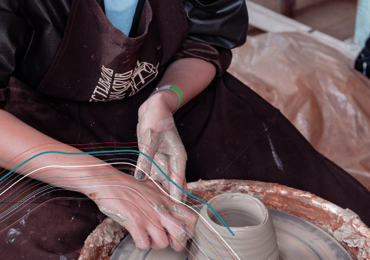The problem
A large UK charity wanted to understand how they compared to selected peer charities when appearing as co-beneficiaries in bequests. They believed they may have been receiving a smaller share of the estates than their peers. They were also interested in extrapolating this further to compare against peer charities when they appeared as co-beneficiaries without being mentioned.
The process
The breadth of the data allowed us to produce a 3-part report that provided a multitude of views and a comprehensive overview of key areas in legacy giving.
The 3 parts consisted of:
- Profiling and details of bequests in the specific cause
- Co-beneficiaries analysis from when the charity was named
- Expanded analysis of the named peer charities’ co-beneficiaries
Results
The analysis showed that when appearing as a bedfellow with two peer charities in particular, they were rarely the main beneficiary – on 71% of occasions they had a joint or lower share. The broader co-beneficiaries research showed that this trend was continued when the two charities appeared as co-beneficiaries without their own charity being mentioned.

